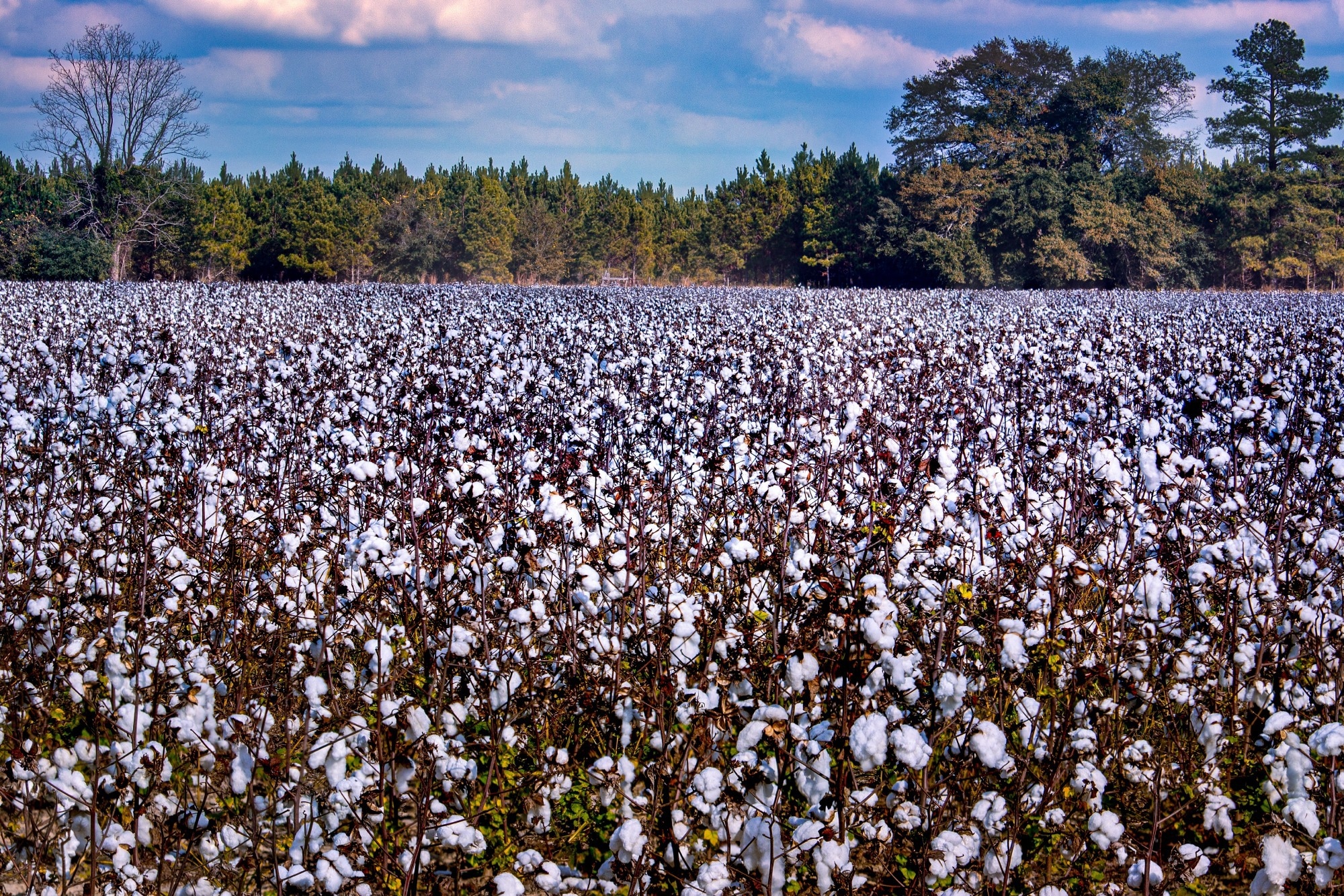In a paper published in the journal Agricultural Water Management, researchers introduced a deep learning (DL) approach for non-destructive assessment of crop moisture status using thermal imagery. They evaluated five DL models—visual geometry group 16-layer network (VGG16), residual network with 18 layers (ResNet-18), mobile network version 3 (MobilenetV3), densely connected convolutional network with 201 layers (DenseNet-201), and cross Stage Partial Darknet with 53 layers (CSPdarknet53)—on a dataset of 5200 images from submembrane drip-irrigated cotton fields. MobilenetV3 excelled in performance and speed. It highlights the potential of DL for accurate, cost-effective, and real-time water stress monitoring in cotton agriculture.
 Study: DL Boosts Real-Time Cotton Water Stress Detection. Image Credit: Landen Wilson/ Shutterstock
Study: DL Boosts Real-Time Cotton Water Stress Detection. Image Credit: Landen Wilson/ Shutterstock
Background
Past work has shown that traditional irrigation methods could be more efficient, and soil sampling and sensors for crop water stress are labor-intensive and costly. Recent studies highlight DL and thermal imaging as promising non-destructive alternatives for water stress detection. Challenges include adapting DL models to varying environmental conditions and integrating thermal imaging seamlessly into agricultural practices. Despite these challenges, DL's potential to provide real-time insights into crop water status underscores its importance in advancing precision agriculture techniques.
Precision Irrigation Study
The experiment was conducted at the key laboratory of modern water-saving irrigation in Xinjiang, China, focusing on the early maturing upland cotton variety "Xin-luzao 42." The crop was cultivated using one film, three belts, and a six-row planting model with surface-laid irrigation belts under the mulching film. The experiment featured 12 irrigations and 10 fertilizer applications, ensuring uniform treatment under two water regimes—50% and 80% field capacity.
Thermal images were captured using forward-looking infrared (FLIR) cameras on mobile phones at various times from May to August 2023. Images were taken under natural conditions, resulting in a dataset of 1300 images initially, which was expanded to 5200 images using techniques like motion blur, rotation, and flip. The dataset covered different angles and distances, ensuring comprehensive coverage of cotton canopy variations under mulched drip irrigation.
The study employed five DL models—VGG16, ResNet-18, MobilenetV3, DenseNet-201, and CSPdarknet53—to analyze thermal images and classify cotton water status. Each model was selected for its unique architectural strengths in processing thermal data and generating irrigation control signals.
Training and testing were conducted on a Windows computer using Python 3.6, Torch 1.7.1, and Torchvision 0.8.2. The models were trained with an adaptive learning rate, maintaining consistent parameters such as input size (224×224×3), learning rate (1.0×10⁻⁴), batch size (16), and classes (2—water stress and non-stress). Performance metrics, including precision, recall, and F1-score, were calculated to assess each model's accuracy in identifying cotton water status under varying irrigation conditions. This comprehensive approach aimed to optimize precision irrigation systems by leveraging DL’s capability to accurately and efficiently detect water stress in cotton fields under mulched drip irrigation.
Advanced Crop Stress Classification
The study conducted at the Key Laboratory of Modern Water-saving Irrigation in Xinjiang, China, focused on training and evaluating five DL models—VGG16, ResNet-18, MobilenetV3, DenseNet-201, and CSPdarknet53—using thermal images to classify cotton water stress. The models underwent training with an adaptive learning rate strategy across 50 epochs, ensuring peak performance while mitigating overfitting risks Previous research has shown the effectiveness of convolutional neural networks (CNNs) in identifying water stress in crops, underscoring deep learning's resilience in related fields.
Performance evaluation on a validation dataset revealed high accuracy and precision across all models, with MobilenetV3 and VGG16 achieving standout F1 scores of 0.9990. Despite minor misclassifications, particularly in distinguishing water stress from non-stress conditions, the models consistently demonstrated their capability in precise classification tasks. Computational assessments further showed MobilenetV3 as the most efficient model in processing speed, averaging 44.85 ms per image. This efficiency positions MobilenetV3 as a viable option for real-time deployment in agricultural settings where rapid decision-making based on crop conditions is crucial.
Future research directions could explore the integration of advanced DL architectures and image processing techniques to enhance the accuracy and speed of crop water stress detection systems. By harnessing these innovations, there is potential to optimize precision irrigation strategies further and contribute to sustainable agricultural practices through enhanced crop management technologies.
Conclusion
To sum up, this study pioneered DL to detect water stress in cotton under mulched drip irrigation. The study aimed to accurately identify water stress in cotton canopies by integrating DL with affordable thermal imaging technology. Evaluating five models—VGG16, ResNet-18, MobilenetV3, DenseNet-201, and CSPdarknet53—revealed that MobilenetV3 emerged as the optimal choice for practical irrigation decisions, achieving an impressive F1 score of 0.9990 and processing images at a speed of 44.85 ms. These results affirmed the effectiveness of DL and thermal imaging in precise water stress detection for cotton under mulched drip irrigation.
In future applications, these findings are poised to inform real-world irrigation strategies through mobile applications, leveraging advancements in DL to enhance crop management practices and ensure sustainable agricultural outcomes.